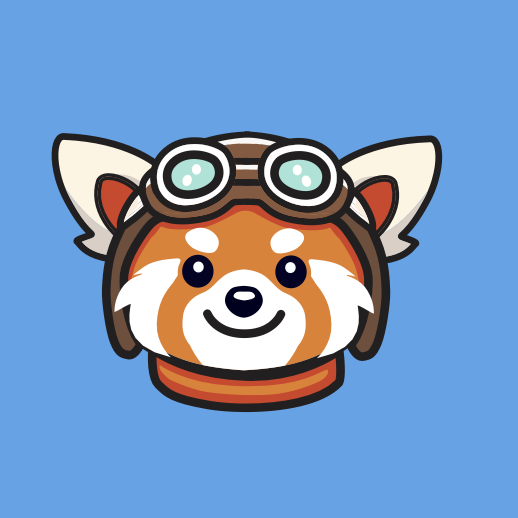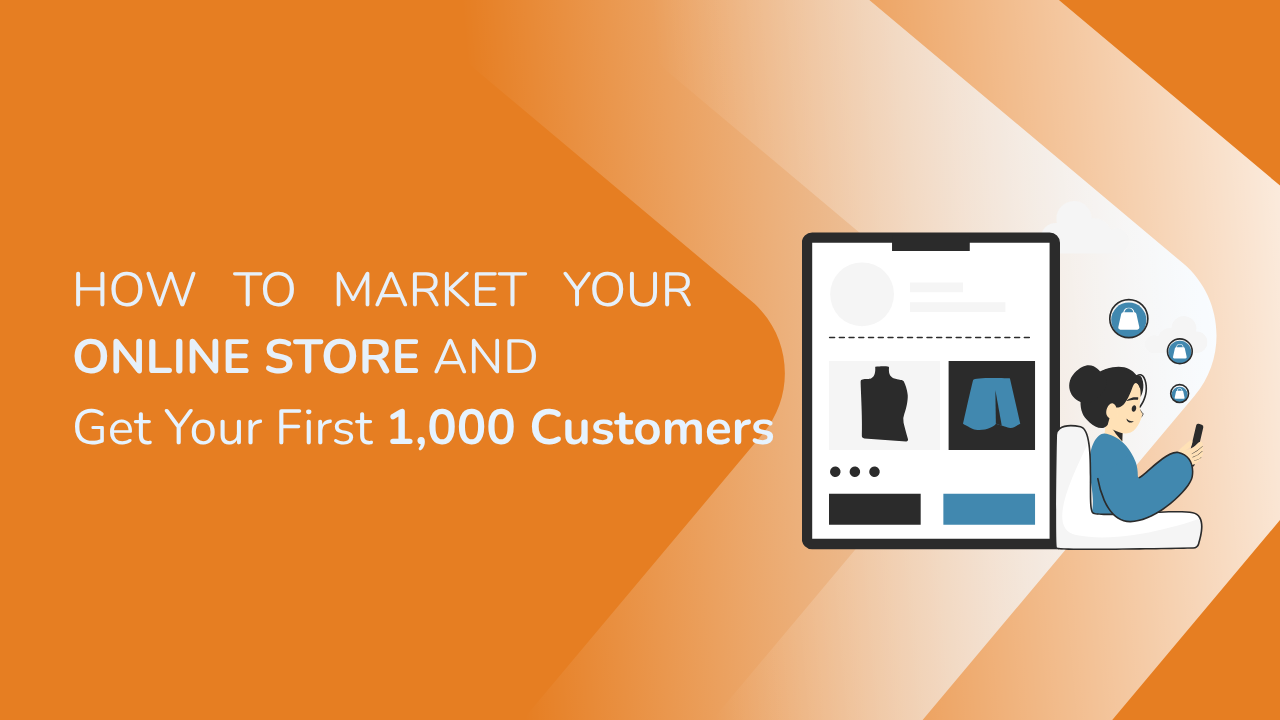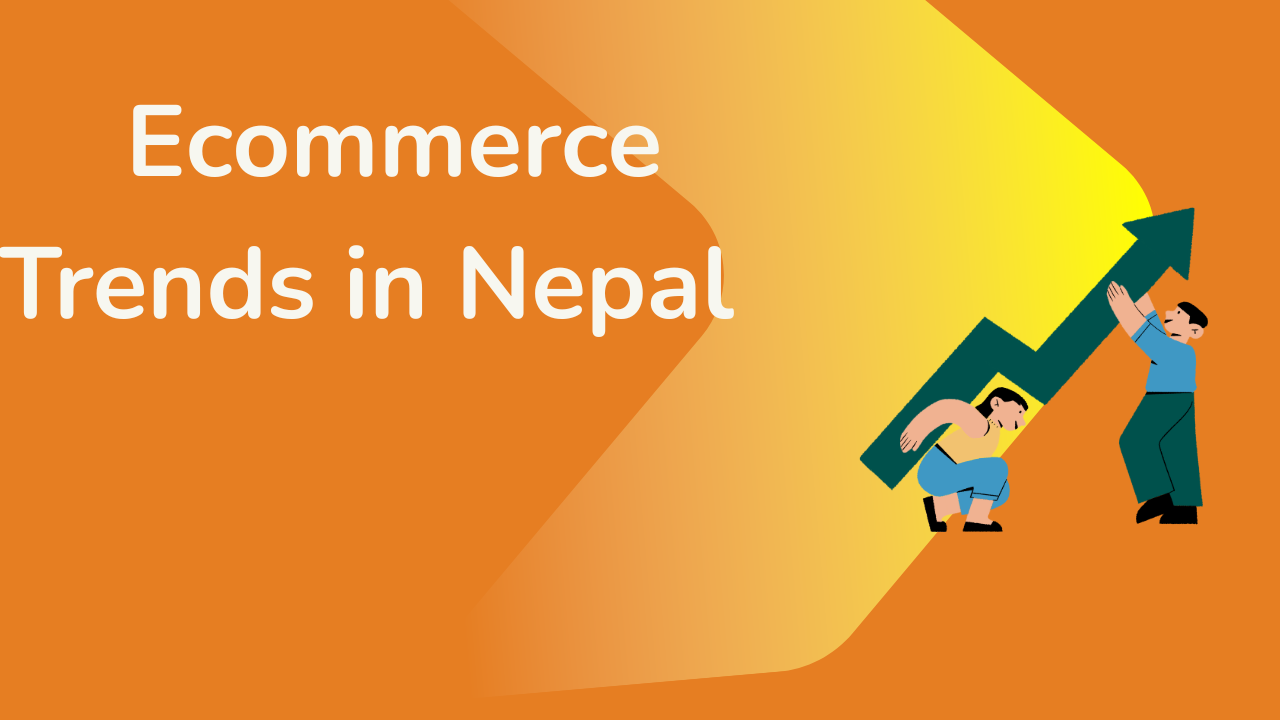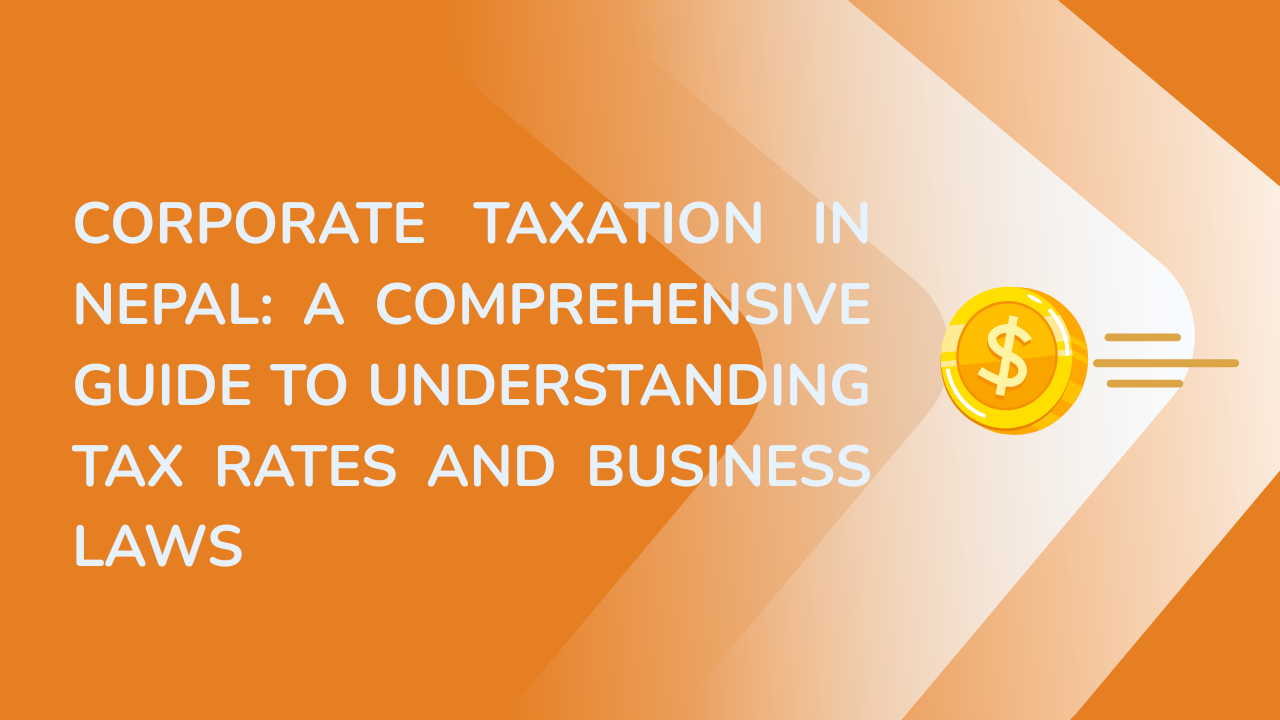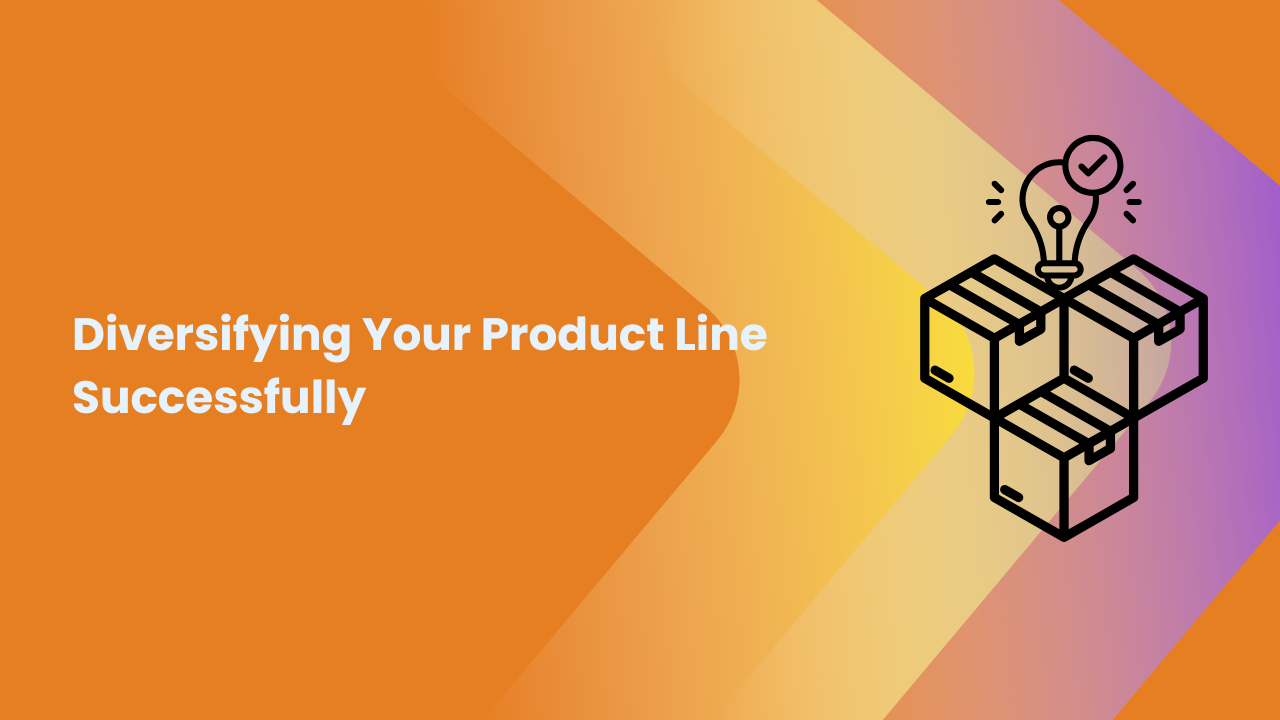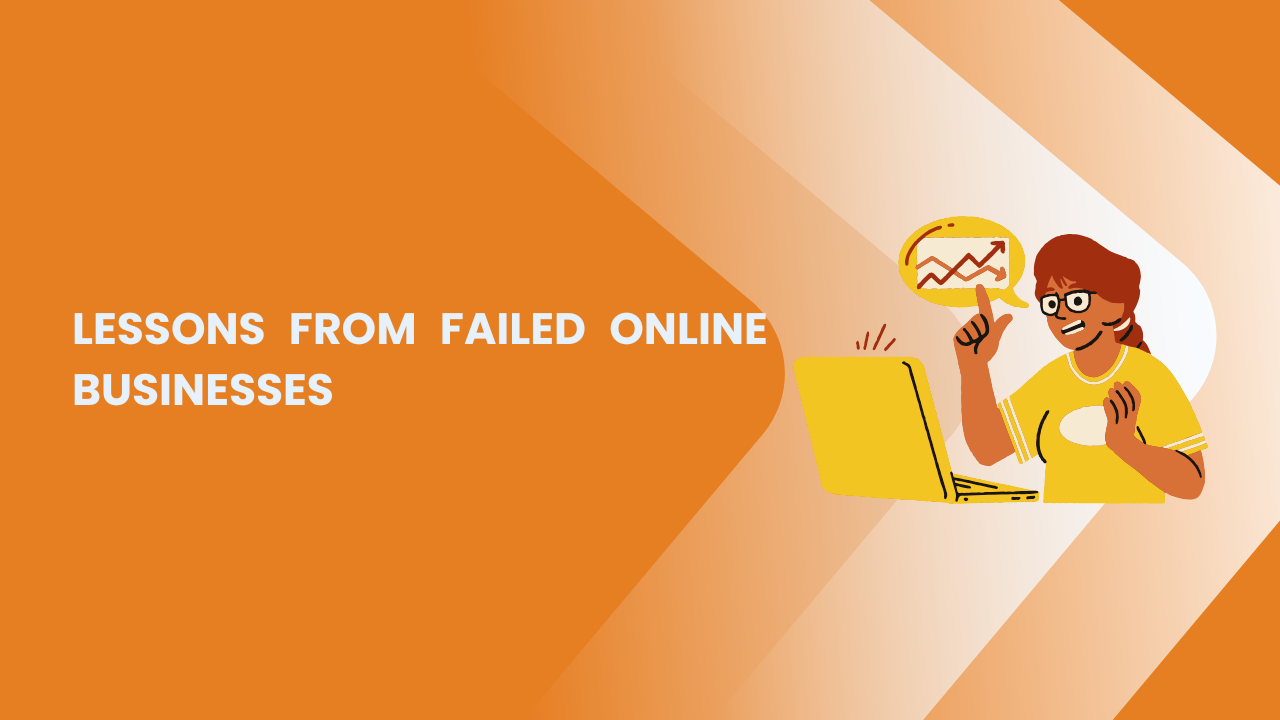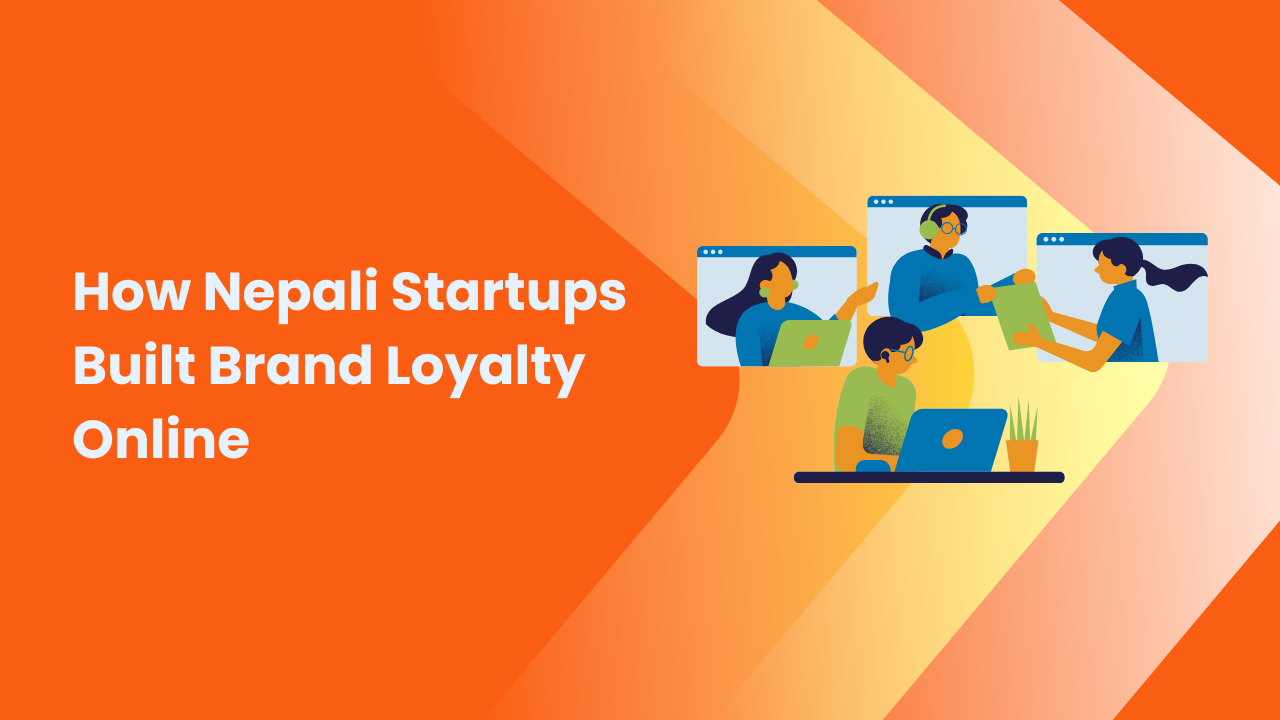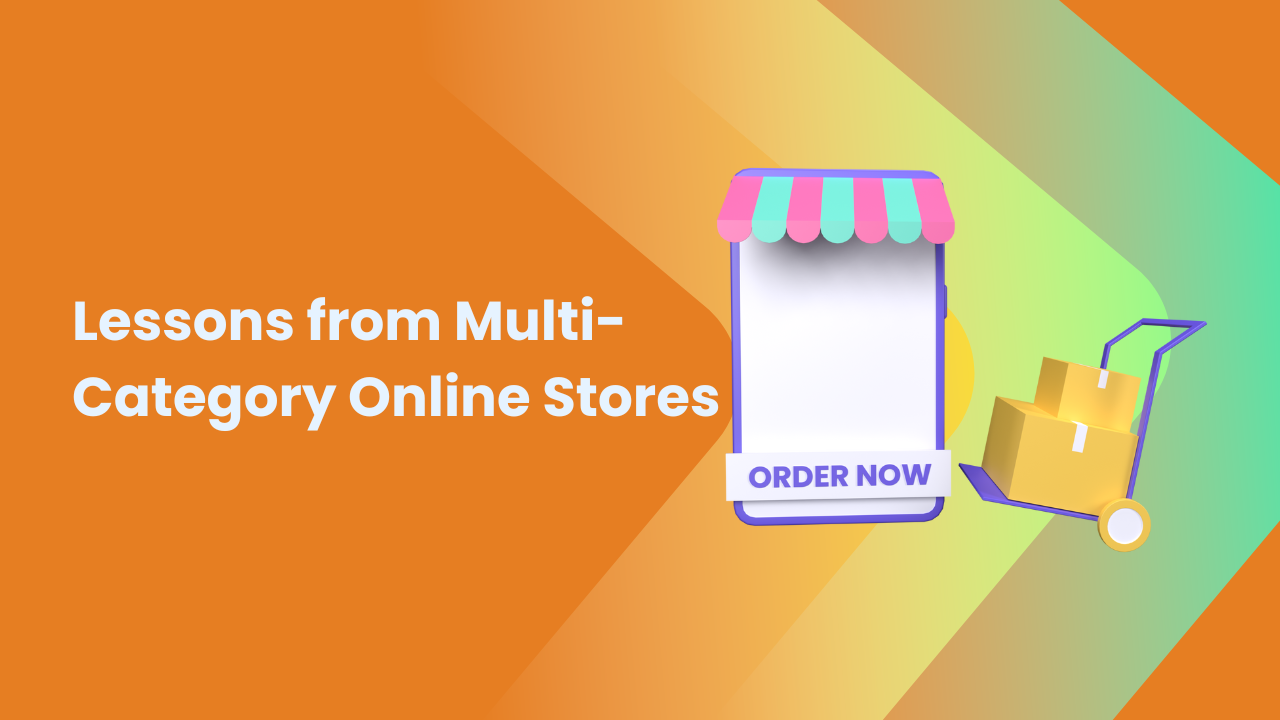Share this Article
As ecommerce continues to gain momentum in Nepal, more entrepreneurs and small businesses are eager to launch their own online stores. But one critical question stands in the way of many dreams going digital: how much does it really cost to build an ecommerce website in Nepal? The answer is both simple and complex. While some can start a store for under NPR 10,000, others invest lakhs in full-scale development. The wide range exists because ecommerce is not a one-size-fits-all solution. Each business has unique needs, aspirations, and constraints—and these shape the cost structure of building and maintaining a digital storefront.
To understand the true cost of ecommerce in Nepal, we must explore the various components involved in building a store—from domain and hosting to design, development, payment integration, logistics, marketing, and ongoing maintenance. This article breaks down all the costs, compares different options, and provides a complete financial roadmap for Nepali entrepreneurs considering the leap into online commerce.
The Foundational Costs: Domain, Hosting, and Platform
Every ecommerce website starts with the basics: a domain name, hosting service, and a platform to run the site.
The domain name is your store’s address on the web—like yourstore.com.np. In Nepal, you can register a .com.np domain for free via Mercantile Communications if you have a company or personal PAN card. However, premium domains such as .com or .store typically cost between NPR 1,200 and NPR 3,000 annually, depending on the registrar.
Next comes hosting—the virtual space where your website files live. If you're using a hosted ecommerce builder like Shopify or Saauzi, hosting is included in the monthly subscription. But if you go the self-hosted route with WordPress and WooCommerce, you’ll need to purchase web hosting separately. Basic hosting plans suitable for small ecommerce sites can cost between NPR 3,000 and NPR 10,000 per year. For high-traffic or feature-rich stores, expect to spend up to NPR 25,000 annually for faster, more secure hosting.
Then there’s the ecommerce platform itself. SaaS (Software-as-a-Service) platforms like Shopify or Saauzi charge monthly or annual fees that cover hosting, maintenance, and basic features. Shopify’s basic plan starts at $29/month (around NPR 3,900), while local platforms like Saauzi start as low as NPR 499/month, making them more accessible for startups in Nepal. WooCommerce, being open-source, is technically free—but custom development and plugin purchases can quickly add up, especially if you're not managing the store yourself.
Design and User Experience: Theme, Branding, and Customization
Once the foundation is set, the next major cost factor is design. Your ecommerce store’s look and feel impacts trust, usability, and conversion rates. Many beginners opt for free templates or themes available within platforms like WooCommerce or Shopify. These are functional and visually decent, but may lack uniqueness or advanced features.
Premium templates can cost anywhere from NPR 5,000 to NPR 20,000 depending on the source. Platforms like ThemeForest offer a wide range of designs, but you'll still need a developer if you want to customize the layout, color scheme, or user flow.
For those wanting a fully custom look aligned with brand identity, hiring a UI/UX designer and front-end developer is necessary. In Nepal, basic design and customization services may cost NPR 20,000 to NPR 50,000 for a small store, while large-scale or feature-rich sites with advanced animations, mega-menus, or mobile-optimized experiences can cost over NPR 100,000. Businesses aiming for long-term brand growth usually invest in custom design to build a recognizable online presence.
Product Management and Catalog Setup
Adding products, writing descriptions, uploading images, and managing variations like size or color may seem simple but takes considerable time and effort. If you handle this in-house, the cost is limited to your team’s time. However, many businesses outsource catalog setup to professionals.
In Nepal, product listing services charge between NPR 10 to NPR 30 per product depending on complexity. A store with 100 products could spend NPR 2,000 to NPR 5,000 on setup. If you hire a freelancer or agency to handle the complete catalog—photography, writing, uploading—the cost can rise to NPR 20,000 or more.
Clear product images are essential. DIY smartphone photography may work for small items, but professionally photographed products—especially for clothing, jewelry, or food—create stronger impressions. Studio photography for ecommerce typically costs NPR 50 to NPR 200 per image, depending on quantity and detail.
Payment Integration: Cash, Digital Wallets, and Online Gateways
Accepting payments online is one of the pillars of ecommerce. In Nepal, most stores rely on three primary payment modes: Cash on Delivery (COD), digital wallets like eSewa or Khalti, and bank-based online payment gateways.
COD is the simplest and most popular option in Nepal, but to build trust and increase automation, online payments are essential. Wallet integrations (eSewa, IME Pay, Khalti) usually require an initial setup fee, ranging from NPR 2,000 to NPR 5,000, and a small transaction commission (2–3%).
Online payment gateways like Fonepay or NCHL can be integrated through services like Khalti Gateway, CellPay, or Global IME Pay. Some banks charge a one-time setup fee of NPR 10,000 to NPR 25,000, while others provide it for free under partnerships. Annual fees and commissions apply as well, typically around 2.5% to 3.5% per transaction.
Custom integration of multiple payment methods into a WooCommerce or custom-coded site requires developer support and can cost an additional NPR 10,000 to NPR 30,000.
Logistics Integration: Delivery Management and Courier Systems
Shipping is another major cost consideration. If you're delivering through local couriers like Pathao, Upaya, or Aramex, most provide dashboards or plugins for ecommerce stores. Initial account setup is usually free, but per-order delivery charges vary depending on weight, distance, and urgency. In Kathmandu, rates range from NPR 50 to NPR 150 per order, with higher rates for out-of-valley or remote areas.
Integrating delivery management directly into your ecommerce platform—so that orders automatically sync with courier dashboards—adds automation but may cost extra. For instance, Saauzi and Shopify offer built-in shipping plugin support, while for WooCommerce, it often requires paid extensions or developer customization costing NPR 5,000 to NPR 20,000.
Businesses dealing with fragile or perishable items might also need cold chain logistics or specialized packaging—adding another layer of cost.
Custom Features, Plugins, and Functionality
Basic ecommerce platforms include core features like product display, cart, checkout, and order management. But most businesses need more. Wishlist, reviews, real-time chat, loyalty programs, discount engines, advanced filtering, and third-party integrations—these features usually come through plugins or custom development.
Shopify users can choose from thousands of apps in the Shopify App Store, some free and others subscription-based. A mid-sized store may spend NPR 1,000 to NPR 5,000 per month on third-party apps.
WooCommerce users rely on plugins, which can cost between NPR 2,000 to NPR 15,000 per plugin (lifetime or annual), depending on what you need. For example, integrating advanced filter functionality or multilingual support might cost more than NPR 10,000.
If you’re building with a local builder like Saauzi, many features like invoicing, reports, and chat support are bundled in. Custom plugin or feature development through agencies or freelancers ranges from NPR 10,000 to over NPR 100,000 based on complexity.
Marketing, SEO, and Launch Strategy
Building an ecommerce site is only half the journey. Attracting visitors and converting them into buyers requires investment in digital marketing, SEO, and customer engagement.
Search Engine Optimization (SEO) is key to getting your store discovered organically on Google. Professional SEO services in Nepal cost between NPR 10,000 to NPR 30,000 per month for small businesses. For new stores, an initial SEO setup package (meta tags, speed optimization, mobile testing) might cost NPR 5,000 to NPR 15,000.
Social media advertising is a common way to drive traffic. Facebook and Instagram ad campaigns for product launches typically require an ad budget of NPR 5,000 to NPR 50,000 depending on scale, with agency fees on top. Google Ads, email marketing tools, and influencer partnerships add to the mix.
To launch effectively, most brands create a pre-launch buzz through teaser campaigns, early bird discounts, or soft launches. All this comes with cost: banners, video ads, social content, email sequences, etc.—which can cost NPR 10,000 to NPR 100,000 depending on production quality and volume.
Ongoing Maintenance and Support
An ecommerce store is not a “set it and forget it” platform. It requires continual updates, bug fixes, feature upgrades, backups, and server maintenance.
If you use a SaaS platform like Shopify or Saauzi, technical maintenance is mostly handled by the provider. Your main costs will be platform subscription and any plugin or app fees.
For WooCommerce or custom-built sites, you may need a developer on call. Monthly maintenance contracts in Nepal typically start at NPR 5,000 and go up to NPR 25,000 depending on site complexity. Without regular support, security vulnerabilities and performance issues can affect your store’s health.
Total Estimated Cost Based on Business Type
To summarize, here’s what it might cost to build an ecommerce website in Nepal across different business sizes:
Basic Starter Store (Using Shopify Basic, or WooCommerce DIY):
Mid-Scale Growing Brand (Custom Design, Local Logistics, Payment Integration):
- Domain and Hosting: NPR 10,000/year
- Platform & Plugins: NPR 20,000/year
- Custom Design: NPR 30,000–70,000
- Payment/Shipping Integration: NPR 15,000
- Catalog and Photography: NPR 20,000–40,000
- Launch Marketing: NPR 50,000+
- Monthly Maintenance: NPR 10,000+
Estimated Total: NPR 150,000–250,000+
Large-Scale Ecommerce Venture (Omnichannel, Custom ERP, Advanced Features):
- Platform and Hosting: NPR 50,000/year+
- Custom UI/UX & Frontend: NPR 100,000–200,000+
- Backend Development & Integration: NPR 100,000–300,000+
- Advanced Marketing: NPR 100,000+/month
- Monthly Maintenance & DevOps: NPR 25,000–50,000
Estimated Total: NPR 500,000–1,000,000+
Conclusion
Building an ecommerce website in Nepal is no longer a mysterious or prohibitively expensive venture. With the rise of local SaaS platforms, improved digital infrastructure, and growing developer talent, even small businesses can afford to go online. The cost will depend on how ambitious your store is, how much you can do in-house, and what level of customization or automation you need.
For entrepreneurs just starting out, there are highly affordable, plug-and-play options available. For growing brands ready to scale, investing in better user experience, faster performance, and deeper integrations can yield long-term results. The key is to be clear about your goals and understand what each cost component contributes to your success.
Ecommerce is not a product—it’s a process. And with the right strategy, partners, and investment, Nepali businesses of all sizes can participate in this digital transformation without breaking the bank
Categories:
E-commerce Tips & Tutorials
,
Marketing & Growth
,
SEO & Content Marketing
,
Beginner’s Guides
,
Sales & Conversion
,
Success Stories & Case Studies
,
Platform Features & Updates
,
Platform Comparisons
Tags:
Online Store in Nepal
,
5 Simple Steps
,
local businesses
,
e-commerce app
,
Small Business
,
strong brand
,
E-commerce
